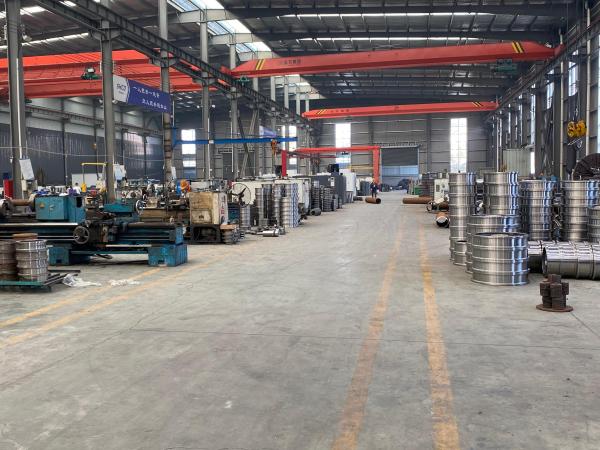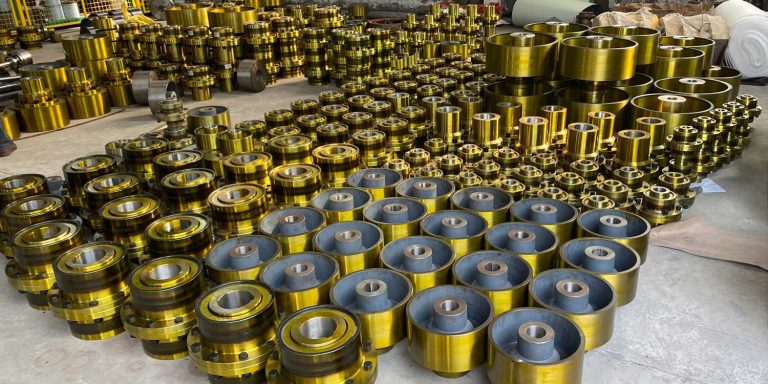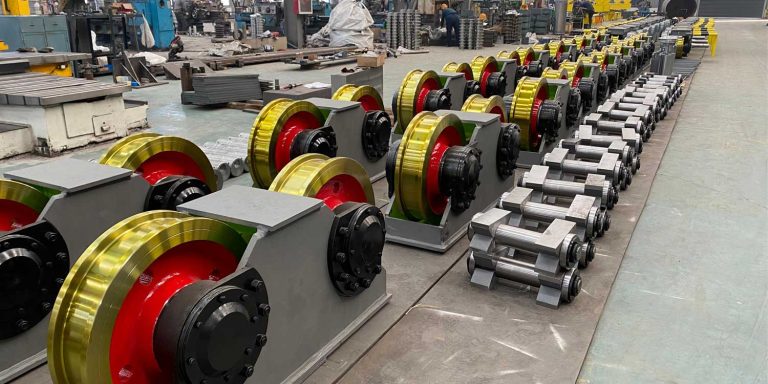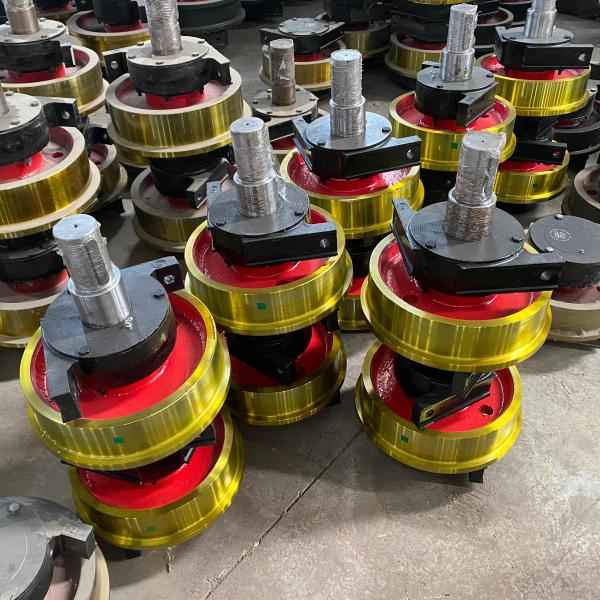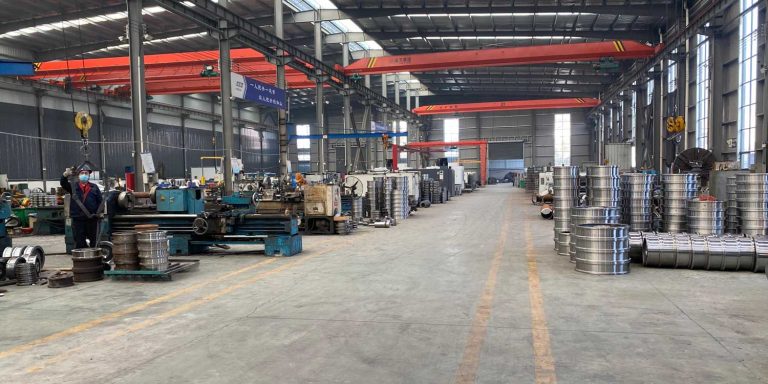Overhead Crane Parts: Key Components
Overhead cranes, especially bridge cranes, are widely used in various industrial and warehouse environments to lift and transport heavy loads. The efficient operation of these machines relies on the precise cooperation of each component. In this article, we will describe the main parts of an overhead crane and their functions.
1. Bridge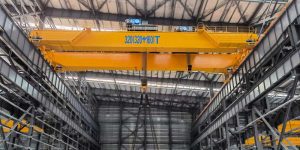
The bridge is one of the most important structural components of a bridge crane. It spans across the working area, supporting other critical parts, including the trolley and hoisting mechanism. The bridge is usually made of high-strength steel to bear heavy loads. Its design needs to account for load distribution and structural stability, which is why its manufacturing and installation follow strict technical standards.
2. Trolley
The trolley is mounted on top of the bridge and moves along the bridge’s tracks. Its main function is to support the hook and allow it to move up and down. The trolley’s drive system typically includes an electric motor and transmission, enabling the hook to move horizontally, positioning the load accurately.
3. Hoisting Mechanism
The hoisting mechanism is one of the core parts of the crane, responsible for lifting or lowering the load. It typically consists of an electric motor, gearbox, drum, wire rope, and hook. The electric motor drives the drum to rotate, and the movement of the wire rope raises or lowers the load. The performance of the hoisting mechanism directly affects the crane’s work efficiency and safety.
4. Electric Motor
Electric motors are used to drive several components in the overhead crane, including the hoisting mechanism and the movement of the trolley. The motors are typically paired with gearboxes to provide the necessary power according to the work requirements. The selection of the motor’s power and type depends on the crane’s load capacity and the specific operating conditions.
5. Wire Rope
Wire rope is an essential part of the hoisting system. It connects the hook to the hoisting mechanism and enables the lifting and lowering of the load through its vertical movement. Wire ropes are known for their high strength and durability, capable of withstanding the tension of heavy loads. However, regular inspection and replacement are necessary, as the rope can wear out with long-term use.
6. Hook
The hook is the part that directly interacts with the load. It is usually made of strong alloy steel, offering excellent wear resistance and strength. The hook connects to the hoisting mechanism via the wire rope, allowing it to lift and suspend objects. Its design ensures a firm grip on the load, preventing accidental drops.
7. Control System
The control system is the “brain” of the overhead crane, managing the crane’s movements, such as hoisting, horizontal movement, and longitudinal travel. Modern cranes often use electronic control systems, operated through buttons, joysticks, or remote controls. Operators can use the control system to precisely adjust the position of the load and ensure safe operation. Some cranes even feature automated control systems to perform tasks according to preset programs.
8. Rail System
The rail system includes the tracks mounted on the ground and the wheels that the crane’s bridge and trolley move along. The quality and precision of the tracks are crucial for the crane’s stability and operational efficiency. Tracks must be regularly maintained and inspected to ensure smooth and obstruction-free operation.
9. Reducer
The reducer is a key part of the crane’s transmission system. It reduces the speed of the electric motor while increasing the torque. The reducer ensures smooth operation of the trolley and hoisting mechanism, preventing high-speed operation that could damage the machinery. The reliability of the reducer is critical for the crane’s long-term operation.
10. Safety Devices
To ensure safety during operation, overhead cranes are equipped with various safety devices, including limit switches, overload protection, and emergency stop buttons. Limit switches prevent the hoisting mechanism from exceeding its maximum range, while overload protection devices prevent damage or accidents caused by exceeding the load limits.
Conclusion
Each component of an overhead crane works together to ensure the machine operates efficiently and safely. From the bridge to the hook, from the hoisting mechanism to the control system, every part plays a unique role. Understanding the structure and function of these key components not only aids in equipment selection and maintenance but also enhances operational efficiency and ensures workplace safety. In modern industry, overhead cranes are indispensable key pieces of equipment, and their smooth, stable operation relies on the precise coordination of all parts.


